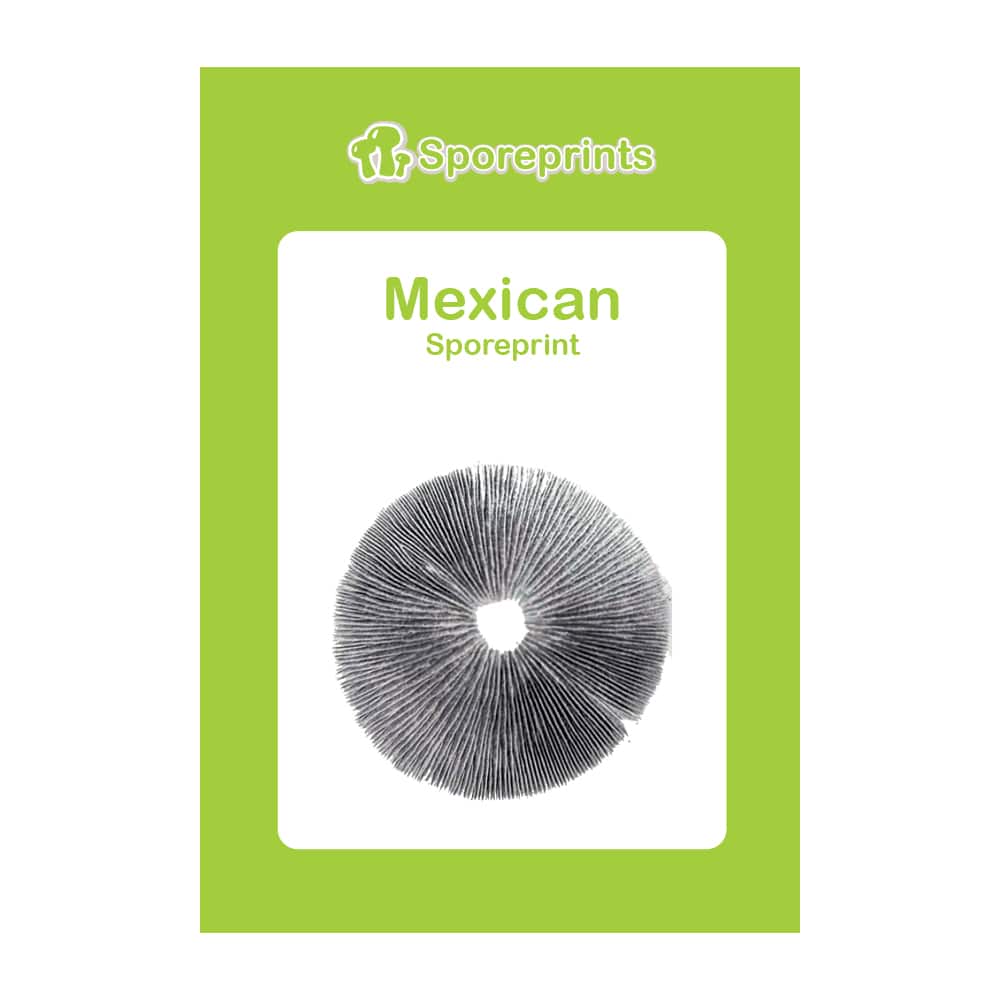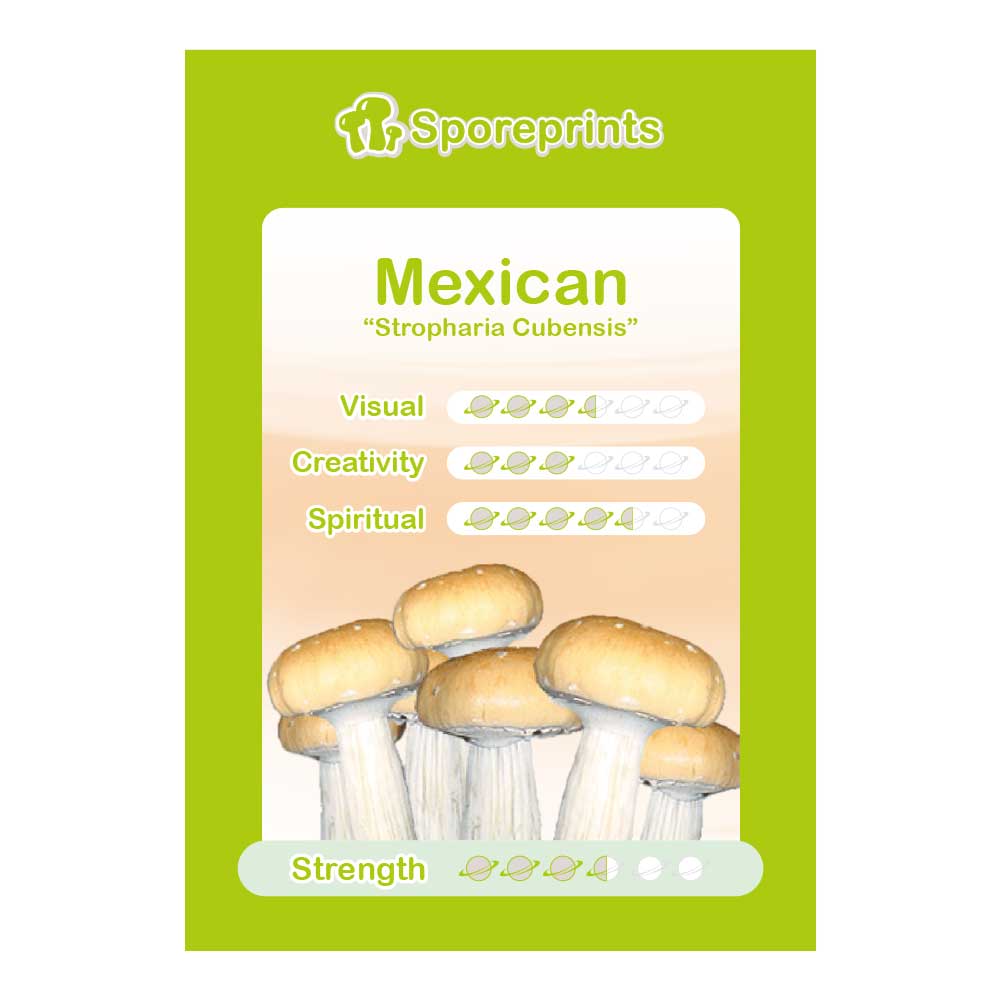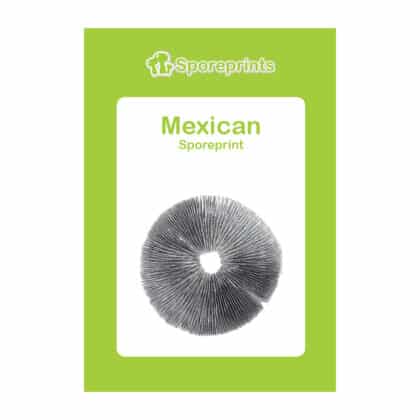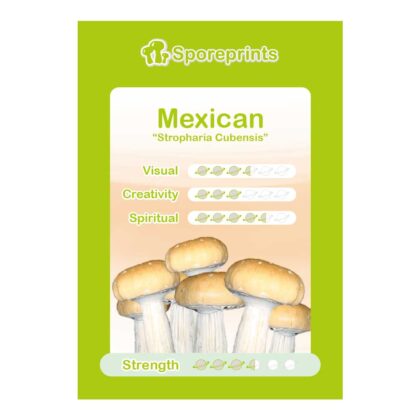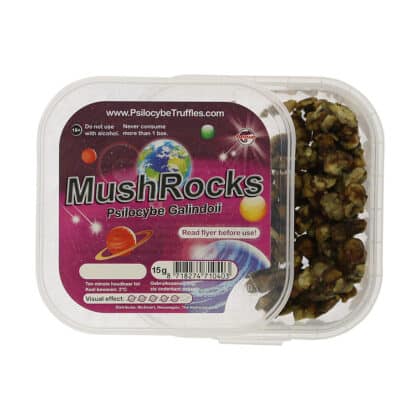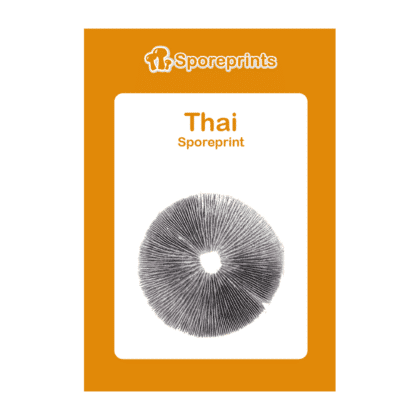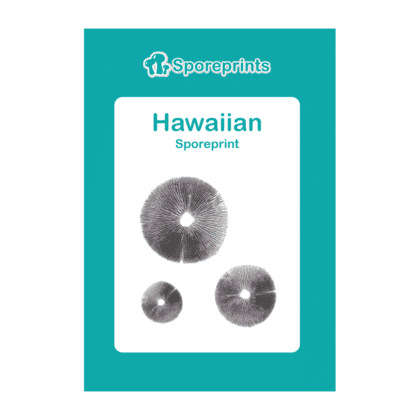Mexican Sporeprint
€18,95 Oorspronkelijke prijs was: €18,95.€13,27Huidige prijs is: €13,27. incl. btw
Delve into the fascinating world of the Mexican Sporeprint by McSmart, designed for experienced psychedelic enthusiasts. Uncover the intricate details and distinctive traits of this high-quality sporeprint—a cornerstone for advanced mushroom cultivation and mycological research.
What Are Mexican Sporeprints?
Mexican Sporeprints are premium-quality products crafted for cultivating the iconic Psilocybe cubensis Mexican strain. Created by McSmart, these sporeprints contain millions of spores meticulously collected from mature Mexican mushrooms, providing a reliable and authentic starting point for mushroom cultivation.
Celebrated for their cultural and historical significance, Mexican mushrooms have been revered for centuries for their role in spiritual and mystical experiences. The spores in these sporeprints are preserved on a sterile medium, ensuring both quality and usability. Ideal for advanced cultivators and researchers, Mexican Sporeprints offer an excellent foundation for growing mushrooms or advancing mycological studies.
More than a cultivation tool, the Mexican Sporeprint represents a gateway into the remarkable life cycle of fungi. Whether for personal growth or scientific exploration, this sporeprint provides an invaluable resource for understanding the fascinating world of mushrooms.
History of Mexican Sporeprints
The story of the Mexican mushroom stretches back thousands of years, deeply woven into the traditions and rituals of ancient Mesoamerican cultures. Indigenous peoples, such as the Aztecs and the Mazatec, revered these mushrooms for their psychoactive properties, often using them in sacred ceremonies. They called them teonanácatl, meaning “flesh of the gods.”
In the mid-20th century, the work of researchers like R. Gordon Wasson rekindled global interest in these mushrooms, highlighting their cultural, spiritual, and psychoactive significance. This rediscovery led to the development of modern cultivation techniques, including the use of sporeprints, making these mushrooms accessible to enthusiasts worldwide.
The Mexican Sporeprint embodies this rich legacy, connecting modern cultivators to the profound history and mystique of the Psilocybe cubensis Mexican strain. Through cultivation, users can honor and explore this enduring heritage.
How to Use Mexican Sporeprints
Step 1: Preparing the Petri Dish
Prepare a sterile Petri dish with an agar solution, either homemade or pre-purchased. Open the dish in a sterile environment to minimize contamination.
Step 2: Adding the Spores
If using a sporeprint, gently scrape a small number of spores onto the agar surface. Alternatively, use a sterile syringe to apply spore liquid.
Step 3: Incubation
Seal the Petri dish and place it in a controlled environment to promote fungal growth. Spores will germinate and develop into mycelium over several days to weeks, depending on the conditions.
Step 4: Purifying the Mycelium
Once the mycelium has grown sufficiently, select a healthy section to ensure a clean culture for further growth.
Step 5: Cutting the Mycelium
Using a sterile scalpel, cut a small section (approximately 6 x 6 mm) of the mycelium. This piece will serve as the starter for a new culture.
Step 6: Inoculating a Growth Medium
Transfer the mycelium piece to a fresh growth medium, such as a new agar dish. Maintain sterile conditions to prevent contamination during the process.
With patience and precision, you can cultivate vibrant, healthy Mexican mushrooms. Each step offers an opportunity to learn more about fungal biology, making the process as rewarding as the results.
Ingredients of Mexican Sporeprints
A Mexican Sporeprint contains millions of spores from mature Psilocybe cubensis Mexican mushrooms. These spores are carefully harvested and preserved on a sterile medium to ensure purity and viability.
Although the sporeprint itself contains no psychoactive compounds, mushrooms grown from these spores naturally produce psilocybin and psilocin, the active substances responsible for their hallucinogenic effects. This makes the Mexican Sporeprint an excellent choice for those seeking a dependable source of genetic material for cultivation or research.
Warning
Mexican magic mushrooms contain psilocybin and psilocin, potent psychoactive compounds that can alter perception and induce hallucinations. Use responsibly and store safely out of reach of children. Always respect the effects of these substances and comply with local laws and regulations regarding their use.
Do you ship to my country?
We ship to most EU countries. You can find these in the table below. We ship all our EU packages with DHL, DPD or PostNL depending on the area. This way we can deliver the best service possible. You will always receive a track and trace code to track your package from door to door.
| Country | Delivery | Costs | Free shipping |
|---|---|---|---|
| Austria | 2 - 3 | €11,95 | €125,- |
| Belgium | 1 - 2 | €7,95 | €125,- |
| Bulgaria | 6 - 8 | €21,95 | €125,- |
| Croatia | 3 - 5 | €17,95 | €125,- |
| Czech Republic | 2 - 4 | €13,95 | €125,- |
| Estonia | 4 - 6 | €19,95 | €125,- |
| France | 2 - 3 | €10,95 | €125,- |
| Germany | 1 - 3 | €7,95 | €125,- |
| Greece | 6 - 8 | €21,95 | €125,- |
| Ireland | 3 - 4 | €16,95 | €125,- |
| Italy | 2 - 4 | €18,95 | €125,- |
| Latvia | 3 - 5 | €15,95 | €125,- |
| Lithuania | 3 - 5 | €22,95 | €125,- |
| Luxembourg | 1 - 2 | €11,95 | €125,- |
| Netherlands | 1 - 2 | €6,95 | €125,- |
| Poland | 2 - 3 | €14,95 | €125,- |
| Portugal | 3 - 4 | €20,95 | €125,- |
| Romania | 3 - 5 | €17,95 | €125,- |
| Slovakia | 3 - 5 | €17,95 | €125,- |
| Slovenia | 2 - 3 | €17,95 | €125,- |
| Spain | 2 - 3 | €14,95 | €125,- |
* Difficult to reach areas like Islands or other remote regions will cost around €20,- more due to additional carrier fees.
Note: We try to ship all orders within 1 working day, all delivery times are estimated and can vary because of traffic and holidays.
